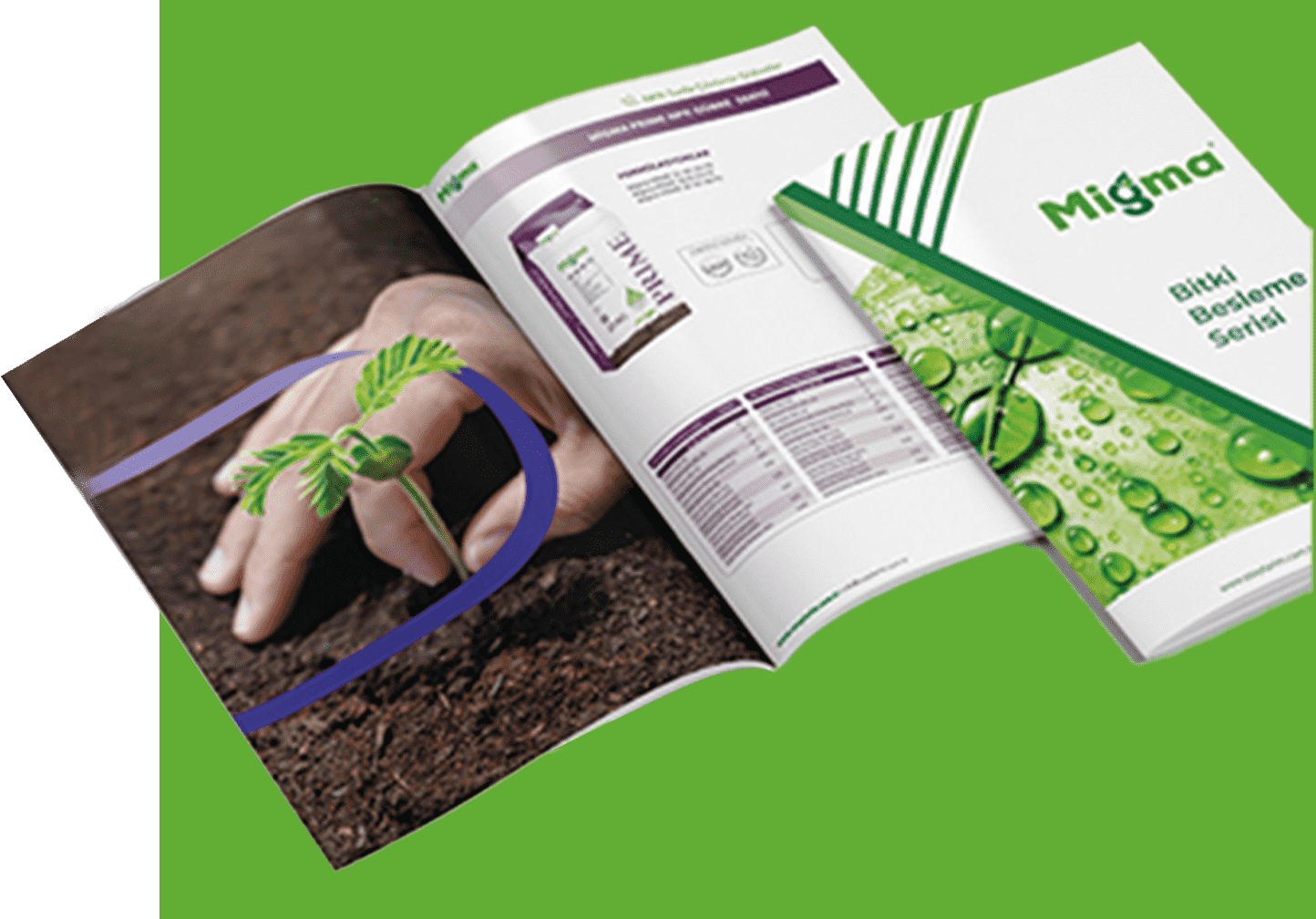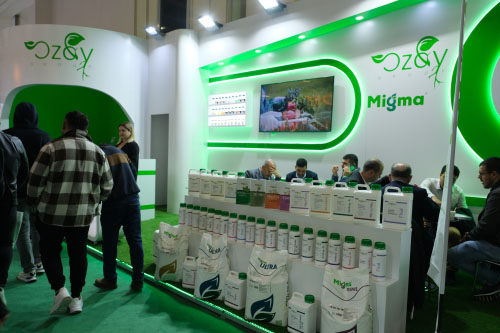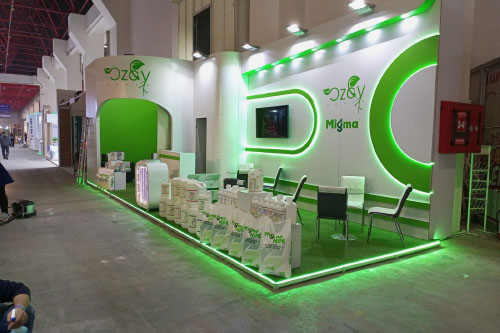What Are the Conditions for Growing Tomatoes and Tomato Cultivation?
The ideal conditions for tomato cultivation depend on several factors, which can be listed as follows:
The effect of light is very important in tomato cultivation. Tomato plants require an average of 6-8 hours of direct sunlight per day.
Soil preparation for planting tomatoes is one of the primary tasks for those who plan to grow tomatoes. The nutritional values of tomatoes depend on maintaining the best possible conditions for quality production. Tomato plants prefer warm and temperate climates and are grown in these regions. The ideal temperature for tomato cultivation is 16-25°C. When temperatures drop below 16°C or rise above 25°C, plant growth slows down. If the temperature drops below 8°C, the plant cannot perform its vital functions. The same happens when the temperature exceeds 35°C. Since high humidity can trigger fungal diseases, the ideal relative humidity is around 50-60%.
The tomato plant prefers deep, well-drained, high water-holding capacity soils that are rich in organic matter and sandy-loam in texture. To increase the organic matter content in the area where tomatoes will be grown, it is recommended to mix the soil with animal manure. The animal manure applied to the soil in tomato cultivation should be at least 6 months old.
The EC (Electrical Conductivity) and pH levels of the soil are crucial in tomato cultivation. The soil pH should be between 5.5 and 6.5, and the EC level should range from 1.2 to 2.3. When the EC level exceeds 2.3, the plant’s ability to absorb nutrients slows down.
If the EC and pH levels of the soil in the growing area do not meet the above requirements, fertilizers suitable for the soil structure should be selected.
How to Plant Tomatoes?
The answer to the question "How to grow tomatoes?" is detailed below.
TEMPERATURE:
Tomato plants prefer temperate climates and can be considered warm-weather crops. They require temperatures between 18°C and 26°C and plenty of sunlight for optimal growth. Air temperatures below 9°C halt growth, while soil temperatures below 14°C can cause problems in root system development.
HUMIDITY AND IRRIGATION: Tomato plants require regular watering, and a consistent watering schedule should be established. For example, if the plants are accustomed to being watered every 3 days, they should be watered on the third day. Even if the weather is cold and the plant doesn't seem to need water, a small amount should still be provided to maintain consistency. If watering deviates from the established routine, the plant may experience stress. However, overwatering should be avoided, as it can lead to fungal diseases. In general, when temperatures exceed 24°C, greenhouses should be ventilated. The relative humidity should be maintained at 65-70%. For pollination, humidity levels should be slightly higher, around 70-80%.
TYING UP: As tomato plants grow and begin to set fruit, they require support. As the plant's height increases, it starts to lean. The added weight of flowers and fruit makes the plant heavier, increasing its need for stabilization. This can be addressed by tying the plant to a support system, such as strings or stakes, to keep it upright and secure.
FERTILIZATION: The primary focus during the initial growth phase of the plant is the root system. By dipping the seedlings in Migma Root solution before planting, both rooting and the harvest period can be accelerated.
Three to four days after the dipping process, applying Migma Root and Migma Aminado further enhances both fibrous and capillary root development. Additionally, Migma Aminado helps prevent stress that may occur in the plant, ensuring healthier growth.
In tomato cultivation, contrary to common belief, tomatoes do not favor excessive nitrogen.
Therefore, from planting to harvest, the use of Migma Ultra 16-8-24+TE should be carefully monitored.
If too much nitrogen fertilizer is applied, the plant will grow tall but will forget to flower, and its stems will become hollow. Hollow stems significantly increase the risk of fungal diseases, especially during the winter season.
To minimize the internode distance in tomato plants, foliar applications from the Migma Foliar Series can be used. By applying Migma NitroFos 6-30-0+TE, you can maximize flower production. The micro-nutrients in this product promote abundant pollen formation, ensuring healthy pollination and, consequently, the development of healthy fruits.
DISEASE AND PEST CONTROL:
Tomato plants can be vulnerable to various diseases and pests. Control methods include biological control, pheromone traps, and the use of insecticides. These methods help protect the plants from damage and ensure healthy growth.
Soil Preparation and Row Spacing for Tomato Cultivation
Before planting tomatoes, the soil should be properly aerated. The most crucial step during this period is conducting a soil analysis to identify nutrient deficiencies. Based on the analysis, the necessary nutrients should be incorporated into the soil using base fertilizers.
After applying the fertilizers, the soil should be watered one last time. Once the soil reaches the proper moisture level, planting can begin. To increase the organic matter in the soil, well-decomposed farm manure can be added, which also enhances nutrient content.
The spacing between rows and within rows in tomato planting varies depending on the variety, growth habit, spread, and whether the rows are single or double.
Tomato Harvesting Time and Post-Harvest Processes
In greenhouse tomato cultivation, fruit formation and ripening to harvest maturity take between 8 to 12 weeks, depending on the variety and climate conditions. The producer must decide the optimal harvest time. For example, the distance the harvested tomatoes will travel should be taken into account, and the harvest timing should be adjusted accordingly. Additionally, the harvest time should be determined based on the purpose of cultivation or the fruit characteristics of the specific variety.
Characteristics of Tomatoes to Be Harvested
They should be of high quality, appropriate size, and uniform shape.
The color should be suitable for harvest.
They should have few seeds, and the seed cavities should be small.
The fruit should be durable and resistant to cracking.
The internal color of the fruit should be suitable for harvest, with no green liquid in the seed cavities.
The fruit should be full and fleshy.
Post-Harvest Processes for Tomatoes
Storage
Ripened tomatoes can be stored at approximately 4°C for 3-5 days.
Packaging
Table tomatoes are placed in crates in alternating rows, one row upside down and the next row right side up. The purpose of this is to prevent the stems from damaging any of the tomatoes.
Irrigation and Fertilization
The greenhouse/field where the tomatoes were harvested should be irrigated and fertilized as needed.
Quality Control:
They should be of high quality, appropriate size, and uniform shape.
The color should be suitable for harvest.
They should have few seeds, and the seed cavities should be small.
The fruit should be durable and resistant to cracking.
The internal color of the fruit should be suitable for harvest, with no green liquid in the seed cavities.
The fruit should be full and fleshy.
News

 Türkçe
Türkçe
 English
English
 Русский
Русский
 العربية
العربية

